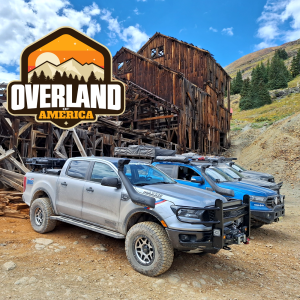Uncle Gump
Boomers gotta Boom
TRS Event Staff
TRS Forum Moderator
Supporting Member
VAGABOND
TRS Event Participant
GMRS Radio License
TRS 25th Anniversary
- Joined
- Sep 17, 2018
- Messages
- 16,292
- City
- Ottawa IL
- State - Country
- IL - USA
- Vehicle Year
- 1986
- Vehicle
- Ford Bronco II
- Drive
- 4WD
- Engine
- 2.9 V6
- Transmission
- Manual
- My credo
- Lead follow or get out of my way
Interesting to note, I'm not entirely sure that the lifter adjustment write-up in the tech section is entirely accurate, now. Apparently the recommended procedure is to take up clearance, then adjust down 2mm.
This would be for a hydraulic lifter.
You would open the valve 2mm plus rocker ratio using that on a solid lifter. And most likely destroy stuff...















